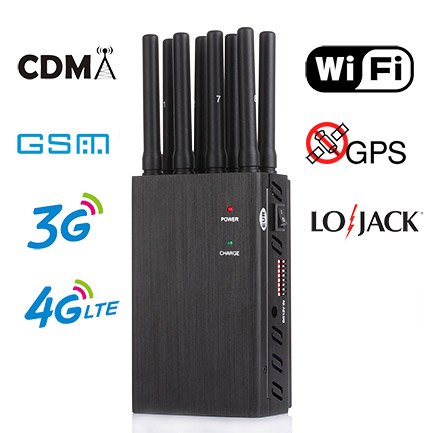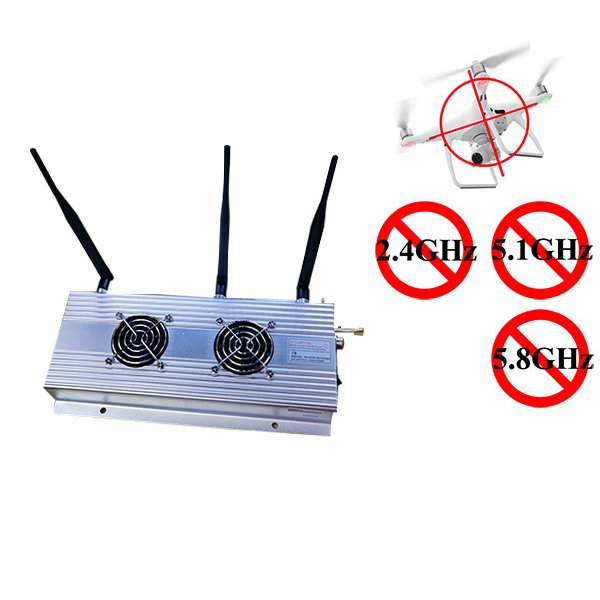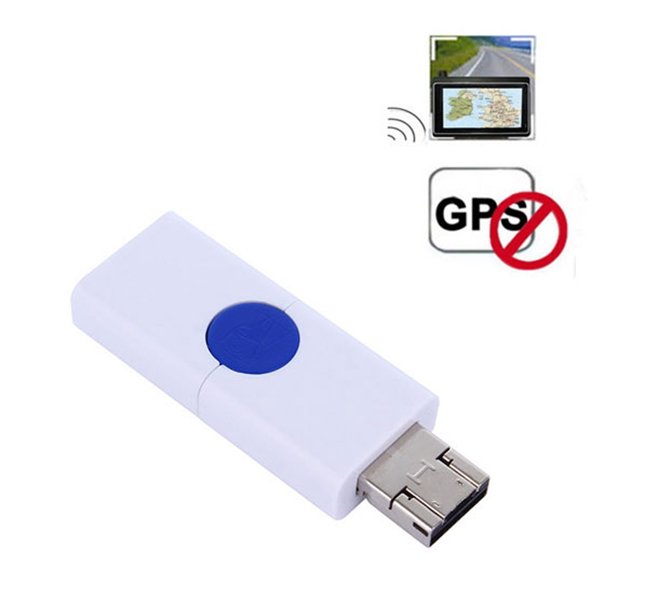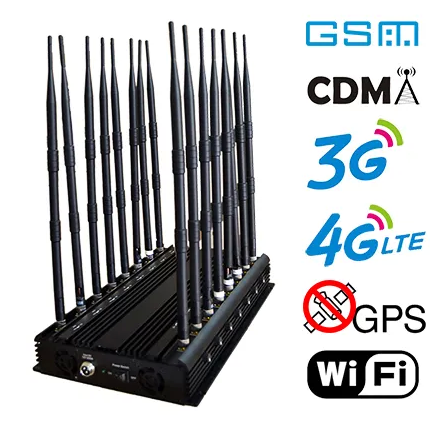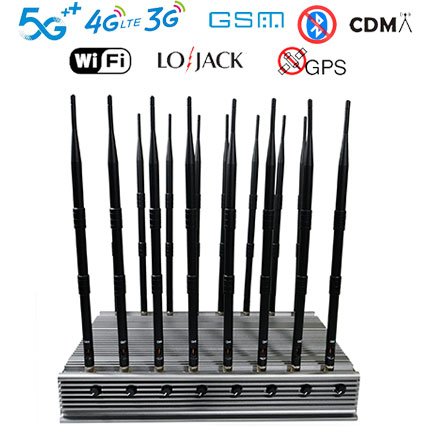The growing commercial use of drones has raised legitimate concerns among the public, particularly regarding privacy and public nuisance. These unmanned aerial vehicles (UAVs) have taken over commercial airspace while also being able to fly over us in our own backyards and driveways.
According to Lisa Ellan, an attorney specializing in drone systems law, commercial drones are one of the fastest growing areas in technology, with uses ranging from disaster response and news gathering to construction site monitoring.
It’s no surprise that the rise of commercial drones has raised concerns. In this article, we’ll explore the issues associated with commercial drones and introduce drone jammers as a potential solution.
Challenges of Commercial Drones
Commercial or civilian drones come in all shapes, sizes, configurations, and capabilities. Of particular concern are drones equipped with high-resolution cameras that are capable of invading privacy by capturing images of individuals and their personal property.
Additionally, drones have been misused for illegal activities, such as drug smuggling, and used for malicious purposes, such as crashing into buildings or being used as remote “peeping Toms.” Additionally, drones carrying explosives or artillery pose serious security risks.
To address these issues, there is growing interest in using jammers (also known as signal blockers) to disrupt the drone’s remote control signal. By blocking the radio signal, the pilot’s control of the drone will be rendered useless. As a result, the drone will descend to the ground or initiate a programmed landing, depending on its specific capabilities.
Drone jammers offer a potential solution to protect privacy and improve safety in the face of increasing commercial drone activity.
Understanding the Legality of Drone Jammers
It is important to note that the use of jammers (which block GPS, cellular communications, and Wi-Fi signals) is illegal in many states, countries, and municipalities. The information provided in this article is for educational purposes only, and individuals considering purchasing or using a jammer should thoroughly check local regulations before proceeding.
In most cases, the use of jammers is limited to federal, military, or other authorized law enforcement personnel who have special authority to use such technology.
Introducing DroneDefender: A Counter-UAS Device
Drone pilots operate unmanned aerial vehicles via remote control, and when communications between the drone and the pilot are interrupted, they are vulnerable to attack.
Engineers at Battelle Memorial Institute have developed a directional jammer called DroneDefender. This unique jammer resembles a rifle and antenna combined. However, it is important to note that due to federal regulations, DroneDefender is for government use only.
How Jammers Work
Once DroneDefender locks onto a drone, it interferes with the GPS and radio signals that guide its flight. It is effective at a fairly long range of 400 meters (1,312 feet), making it a long-range weapon against unauthorized drones.
The jamming technology is deployed within a 30-degree cone, allowing the jammer to target faster fixed-wing drones.
Impact on drones
When a drone is hit by a jammer, cheaper, simpler models will simply fall to the ground. Other drones may enter a fallback mode, such as returning to their designated starting position or hovering above the ground. This approach ensures that the drone’s descent does not cause collateral damage and the jammer itself does not destroy the drone. This outcome is particularly beneficial if the drone belongs to an innocent party.
In some cases, drones may be used for illegal activities. In this case, law enforcement will have the opportunity to confiscate the intact drone. In addition, if the drone is programmed to follow emergency protocols and return to base, law enforcement can track the drone’s path. This information may help law enforcement identify and locate the drone operator.
A range of drone jammers for enhanced security
While the primary customers for drone jammers are law enforcement agencies, there are several models available for public use. Here are some recommended options, along with links to their respective details:
- HW03US: This portable drone defense system conveniently fits in a backpack for easy transportation. It effectively jams most drone models, including the DJI Phantom, Advanced, Standard, and Inspire series.
- HW81: A handheld directional drone jammer with a four-channel antenna and a total output power of 130W. It offers coverage in the 300m range and is compatible with a wide range of commercial drones, such as the DJI Phantom, Advanced, Standard, and Inspire series.
- HW09US: Designed as a seven-band outdoor drone interceptor, this jammer is ideal for fixed locations, allowing you to protect your facility from drone intrusions. It is considered one of the highest quality anti-drone jammers available.
- HW103: This rugged, portable, eight-band outdoor drone jammer is ideal for event venues. It can be easily transported and set up in less than 10 minutes. Similar to the TSJ-UAV3077, it offers best-in-class drone protection.
- HW61: This durable drone jammer comes with a protective Pelican housing and is designed to prevent drone intrusion in restricted areas or during events. It has a total output power of 20W and a coverage range of 200 meters.

Drone Jammers for Security and Privacy
While drones can be a public nuisance, they also pose a significant security threat to public events and secure facilities. Drone jammers act as a deterrent, ensuring the protection of our safety and privacy.
If you have any questions about jammers, or require more information about any of the products featured on our website, please feel free to contact us.
